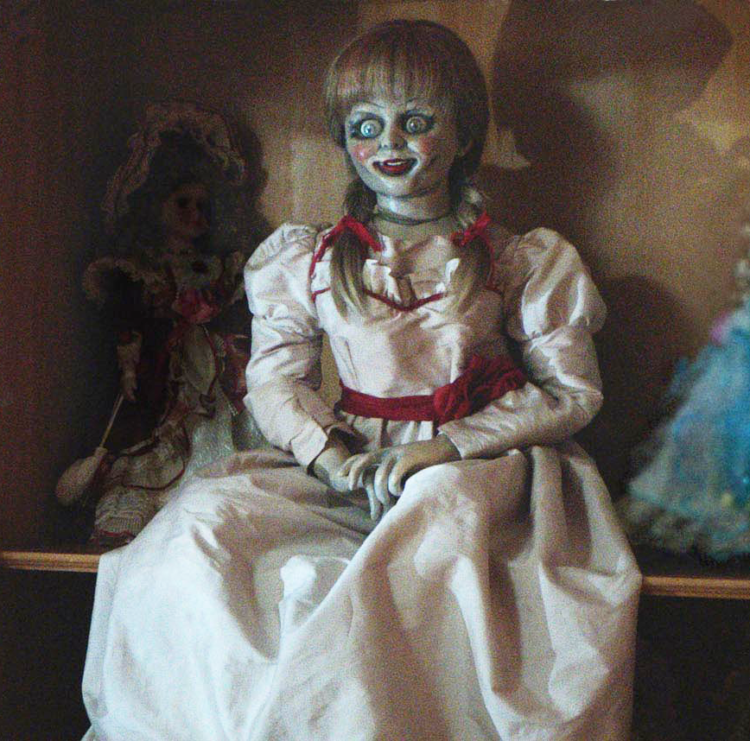The Fear of Dolls: Understanding Pediophobia

Dolls are often seen as innocent and harmless toys, but for some individuals, they can evoke feelings of fear and anxiety. This fear of dolls is known as pediophobia and can be a debilitating condition for those who suffer from it. In this article, we will explore the causes, symptoms, and treatments for pediophobia.
Section 1: What is Pediophobia?
Pediophobia is a specific phobia that involves an intense fear of dolls. This fear can be triggered by various types of dolls, including porcelain dolls, baby dolls, and even stuffed animals that resemble dolls. The fear can range from mild discomfort to extreme anxiety and panic attacks.
The causes of pediophobia are not fully understood, but it is believed to stem from a traumatic experience or exposure to dolls at a young age. It can also be a learned behavior from observing others’ fear of dolls or from media portrayals of dolls as creepy or evil.
Section 2: Symptoms of Pediophobia
The symptoms of pediophobia can vary from person to person but typically include feelings of dread, anxiety, and panic when in the presence of dolls. Physical symptoms such as sweating, rapid heartbeat, and trembling may also occur. Some individuals may experience nightmares or intrusive thoughts about dolls, which can interfere with daily life.
In severe cases, individuals may avoid places where dolls are present, such as toy stores or antique shops. This avoidance behavior can lead to social isolation and difficulty functioning in everyday situations.
Section 3: Treatment for Pediophobia
Like other phobias, pediophobia can be treated with various therapies and techniques. Cognitive-behavioral therapy (CBT) is a common approach that involves identifying and challenging negative thoughts and beliefs about dolls. Exposure therapy is also effective, where individuals are gradually exposed to dolls in a controlled and safe environment.
Other treatments include medication, such as anti-anxiety medication or beta-blockers, which can help manage physical symptoms. Hypnotherapy and relaxation techniques may also be helpful in reducing anxiety and fear.
Section 4: Coping Strategies for Pediophobia
In addition to seeking professional help, there are several coping strategies that individuals with pediophobia can use to manage their fear. These include:
1. Avoiding triggers: If possible, avoid situations where dolls are present.
2. Mindfulness: Practice mindfulness techniques such as deep breathing or meditation to reduce anxiety.
3. Positive self-talk: Challenge negative thoughts and replace them with positive affirmations.
4. Support groups: Joining a support group or online community can provide a sense of belonging and understanding.
Conclusion
Pediophobia is a real and often debilitating condition that affects many individuals. While the causes are not fully understood, effective treatments and coping strategies are available. Seeking professional help and using coping strategies can help individuals manage their fear of dolls and improve their quality of life.





